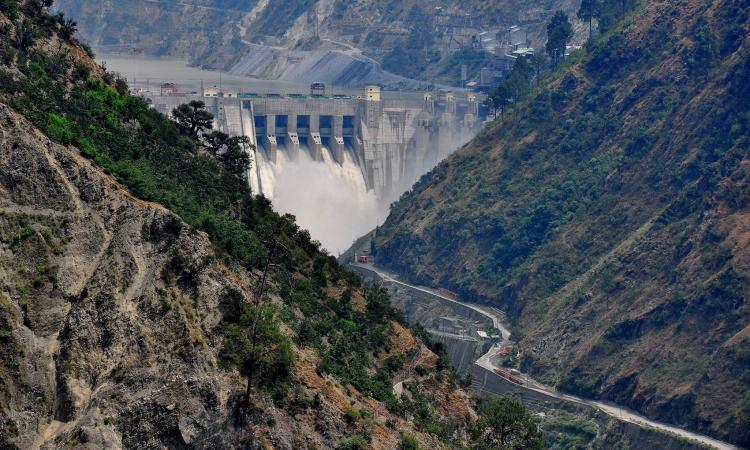
The integral role of dams in shaping modern India, as highlighted in India's first Prime Minister Jawaharlal Nehru's speech, where he referred to them as the 'temples of modern India,' is undeniable. Many argue that these dams, with their initial surge, facilitated a wide range of activities, from irrigation and hydropower production to freshwater supply and flood control. They cemented India as an agricultural powerhouse and generated economic opportunities, albeit at the expense of river-based communities and ecological well-being.
Dams like the Bhakra-Nangal have played a pivotal role in the success of the Green Revolution in northern Indian states, meeting the increased water demands for irrigation. As a result, dams have contributed significantly to India's status as an agrarian stronghold, ensuring a degree of food security and making it a global exporter of products such as rice and sugar. Moreover, dams have unquestionably generated substantial employment opportunities, benefiting engineers, construction workers, and various industries with direct or indirect water dependencies.
However, hydropower projects and dams in India have had significant disparities in costs and benefits embedded into them. There are major legitimacy deficits in the process that commissions these dams and the impact assessments are always brushed over as a mere formality. While a select few enjoy the benefits of hydropower, the costs are disproportionately borne by river-based communities. These communities are often displaced without adequate rehabilitation or resettlement plans, disrupting their economic dependency on local ecosystems and their profound native knowledge of these environments.
One question that policy-making at large must grapple with remains: is benefiting one group to the detriment of another worthwhile? While dams undeniably offer advantages to certain sections through job creation and a steady water supply for industrial, domestic, and irrigation use, it must be evaluated whether these benefits justify the harm inflicted on other communities. Dams not only result in social harm but also cause lasting psychological distress for affected communities, from the moment a dam is commissioned until they are forced to relocate.
Furthermore, damming a river has serious ecological consequences including alterations in water flow, increased sedimentation levels, and changes in river velocity. These changes disrupt the migratory patterns and reproduction cycles of certain fish species and lead to the loss of adjacent flora and fauna as a result of land submersion.
In conclusion, while hydropower projects and dams have brought significant changes to India, the disparities in their costs and benefits, environmental impacts, and social consequences demand our attention. To move forward sustainably, India must prioritise transparent decision-making, equitable distribution of benefits, and rigorous impact assessments. By addressing these challenges, India can harness hydropower's potential while ensuring the well-being of its people and environment, forging a more equitable and promising future.
About the author
Maria Siddiqui holds a bachelor's degree in Economics with a minor in English Literature from Shiv Nadar University. Her academic journey includes a specialised certification in Water Science & Policy, where she delved into critical topics such as Large Dams, India's Groundwater Resources, Water Policy Challenges, and Rural Water Supply and Sanitation.
/articles/bridging-disparities-indias-hydropower-dilemma